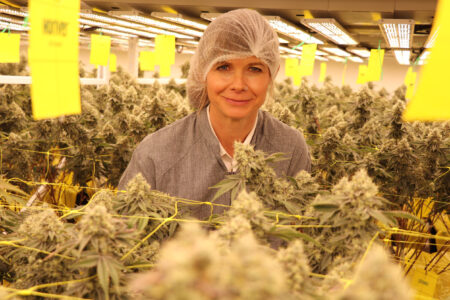Trail's living wage increases 2% as government support offsets rising costs
Trail’s living wage has risen by 2 per cent, or 42 cents per hour this year, and is now $21.55. Despite this increase, it remains one of the lowest in the Kootenays, with Golden at $25.78, Revelstoke at $24.60, and the Columbia Valley at $22.63. Only Nelson is lower at $21.14.
The living wage is the income a worker needs to pay for basic essentials like food and rent, along with the ability to have an active and fulfilling family and personal life, Living Wage BC explains. It is calculated using a basic budget for a two-income family with two young children. The calculation does not include paying off debt, savings for the future or the cost of caring for a loved one such as a parent.
“We advocate for it because it is an important starting point and it brings benefits for the employer as well as the employee. Living wage employers see lower staff turnover, and it gives employees a decent standard of living that allows for healthier families and communities,” says Heather Glenn-Dergousoff, poverty reduction project specialist at the Skills Centre in Trail.
Accounting for significant cost of living increases
It may seem surprising that the living wage is up only 42 cents per hour in Trail considering the huge increases in items like groceries and other goods in 2023—as much as $4,000 more for the year for a family of four. Yet the reduction in childcare expenses and other government financial supports for low wage workers offset these costs substantially.
“This demonstrates that those government supports are vital to making our economy liveable,” Glenn- Dergousoff says.
The living wage also shows the inadequacy of the minimum wage. In Trail, the living wage is almost $5 an hour higher than the minimum wage. The living wage reflects the actual cost of living in a particular community while the minimum wage is set by governments often without regard to the specific costs workers face.
“Living wage decreases your financial strain but it still isn’t great. It does help to buy healthier food and participate in some activities. This supports a healthy family unit. It helps with making meeting basic needs with quality,” says a colleague of the Skills Centre who we have agreed to keep anonymous.
She and her partner fit the living wage example with two incomes and three children, one in high school and two younger children requiring various childcare coverage.
“However, when costs of living rise exponentially, the living wage isn’t enough. We still live pay cheque to pay cheque. What we can do regarding kids activities is limited. We cannot keep up with the higher incomes, so often kids get left out of things. Local expectations on what we can afford are too high,” she explains.
Living wage limitations
“The living wage is a tool to assess people’s financial well-being. It sets a minimum standard for making ends meet. It is not a sustainable wage in the long term because it doesn’t account for money to save for retirement or education or buying a home. As well, a single parent earning the living wage doesn’t cover all the necessary costs of two or more children,” Glenn- Dergousoff says.
There are nearly 400 living wage employers in BC, including six in the Trail area.
The Skills Centre is a non-profit strengthening rural and industrial communities and workplaces in BC through workforce skills development, training services, social development and poverty reduction programming. It offers skills training and wellness programs for youth, mature workers and equity deserving groups to build a caring community of skilled, productive and engaged people. The Skills Centre is a living wage employer.

























